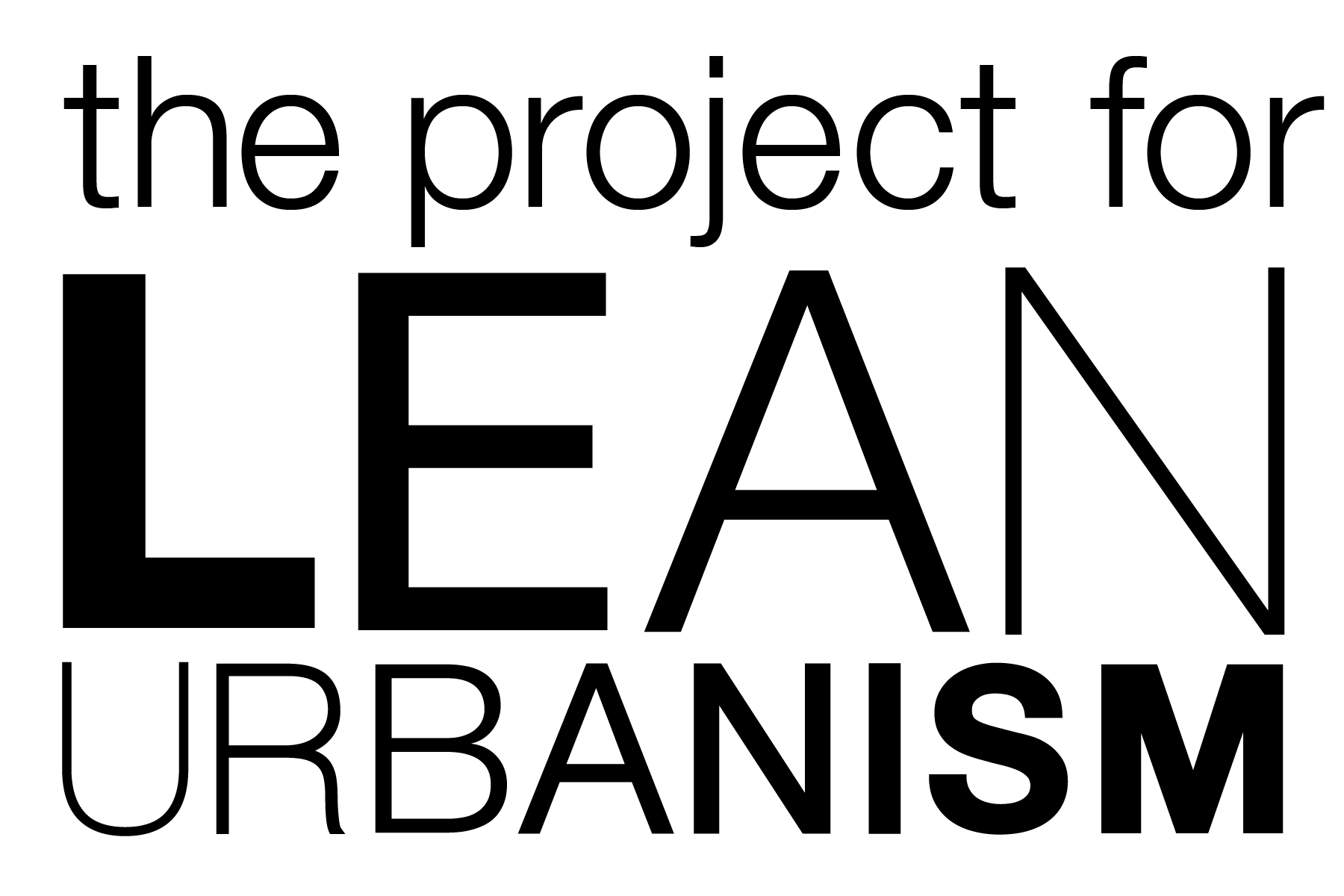Research
All | Position Papers | Case Studies
Lean, Energy-Efficient Buildings – Seven Principles
The built environment accounts for approximately half the energy use and carbon footprint of the United States. Lean Buildings reduce energy flows by tapping basic natural heating and cooling techniques and renewable energy sources in ways that are region-specific and climate-sensitive. Seven defensive and offensive strategies — from use of local and recycled materials to heavy insulation, from building orientation and passive solar systems to dense urban configurations — address the reduction of material and energy consumption in the U.S and similar climates. Issues of energy quantity and quality, energy codes and metrics, as well as building size and configuration, are also discussed.
Lean Exercise Spaces – Open Gyms
Despite heroic efforts to get more people into health clubs, private and public health measures have failed thus far to significantly increase our abysmally low rates of physical activity. This paper explores the Lean ways in which parks and a variety of everyday spaces can be utilized, designed, and built to encourage people to move more. The particular focus is on presenting and utilizing existing outdoor public furniture and other features for the additional purpose of “exercise equipment,” with little to no added expense or maintenance. This “open gym” approach to exercise space is recommended as a Lean means to improve health, increase sociability, and even spur economic development, serving as magnets for related and complementary businesses, as active, safe parks have the potential to encourage revitalization of nearby properties.
